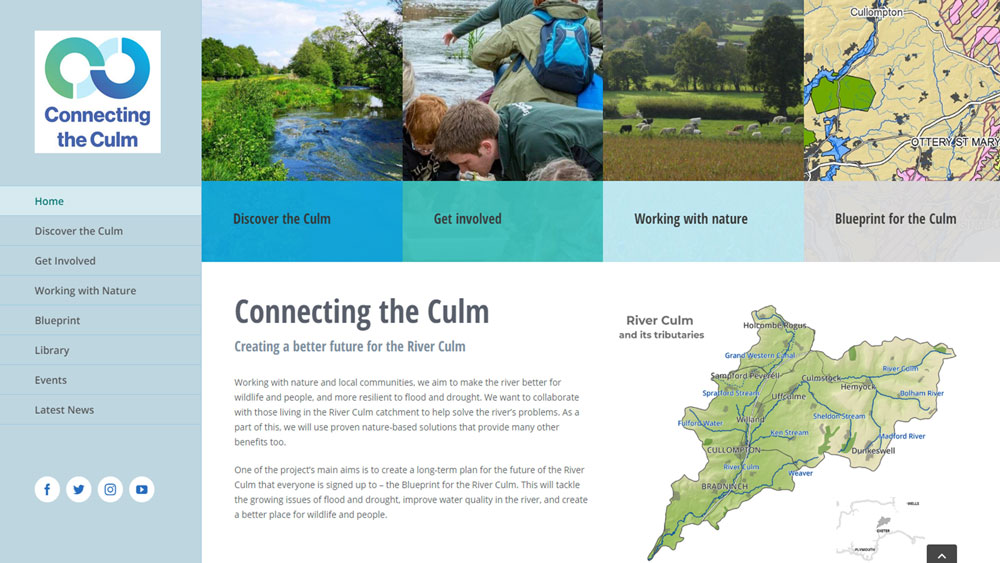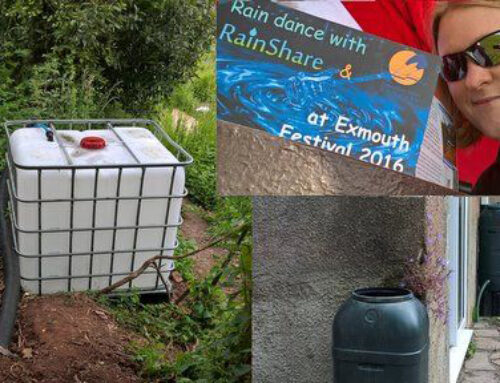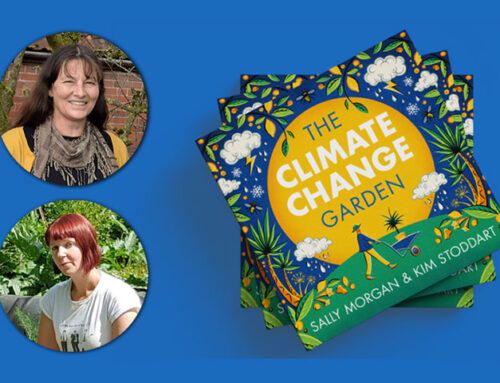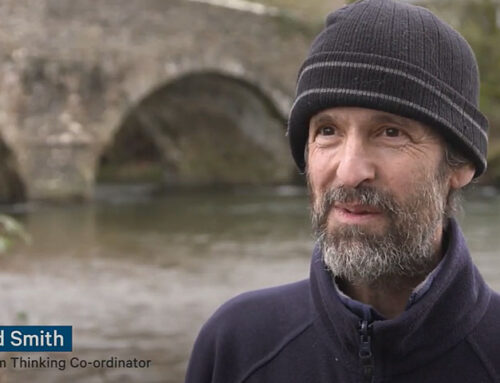RESILIENCE BENEFITS
LAND + SOIL

WILDLIFE

COMMUNITY

FLOODING

Working with nature and local communities, Connecting the Culm aims to make the river better for wildlife and people, and more resilient to flood and drought. The project is collaborating with people living in the River Culm catchment to create ‘nature-based solutions’ and develop a long-term plan for the future of the River Culm that everyone is signed up to – the Blueprint for the River Culm. This resilience investment plan will tackle the growing issues of flood and drought, improve water quality in the river, and create a better place for wildlife and people.
STEVEN JOHNSON – CONNECTING THE CULM
Steven Johnson is the manager of the Connecting the Culm Project. Connecting the Culm is being led by Blackdown Hills Area of Outstanding Natural Beauty and is supported, financially and otherwise, by a broad partnership of organisations operating under the umbrella of the East Devon Catchment Partnership.
Connecting the Culm is part of Co-Adapt, an international project funded through the Interreg 2-Seas programme of the European Union. Co-Adapt includes partners in Belgium, France and the Netherlands, all focused on the impacts of climate change on flooding and drought, and how communities can get more involved in tackling the issues.
All the latest information about Connecting the Culm and the ways that people can get involved in the project can be found on the project’s excellent website – www.connectingtheculm.com

ONLINE TALK – INTRODUCTION TO CONNECTING THE CULM
In the project’s first online talk, members of the project team Dominic Acland and Nick Paling give a presentation about Connecting the Culm, what it aims to achieve and why it matters.
They were joined by an audience of over 20 people covering the length and breadth of the catchment and the questions and discussion that followed give an insight into the issues that people feel are important.
These included: the need to connect villages along the river with new cycle routes and paths; discussion of how we can best work together with so many groups and interests involved; how water levels are monitored; the role that the mires of the Blackdown Hills play in the river’s health; and how we can measure the impacts of the project.
The team also received several offers of help and ideas to follow up, so all in all it was a great start to the process of developing a network of people interested in making the River Culm better for people and wildlife.
You can view a recording of the talk below, and/or look through the presentation..





Leave A Comment